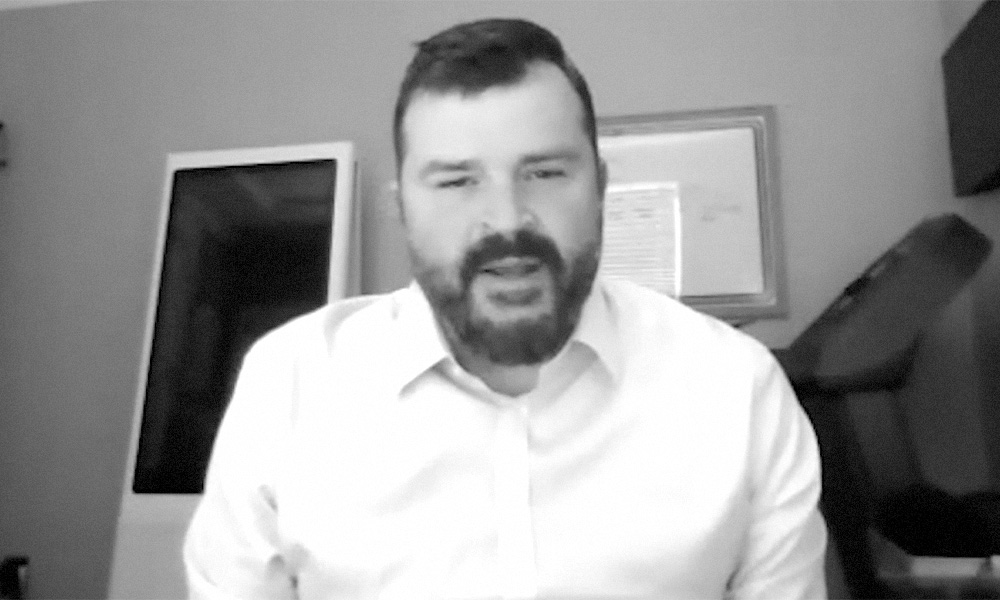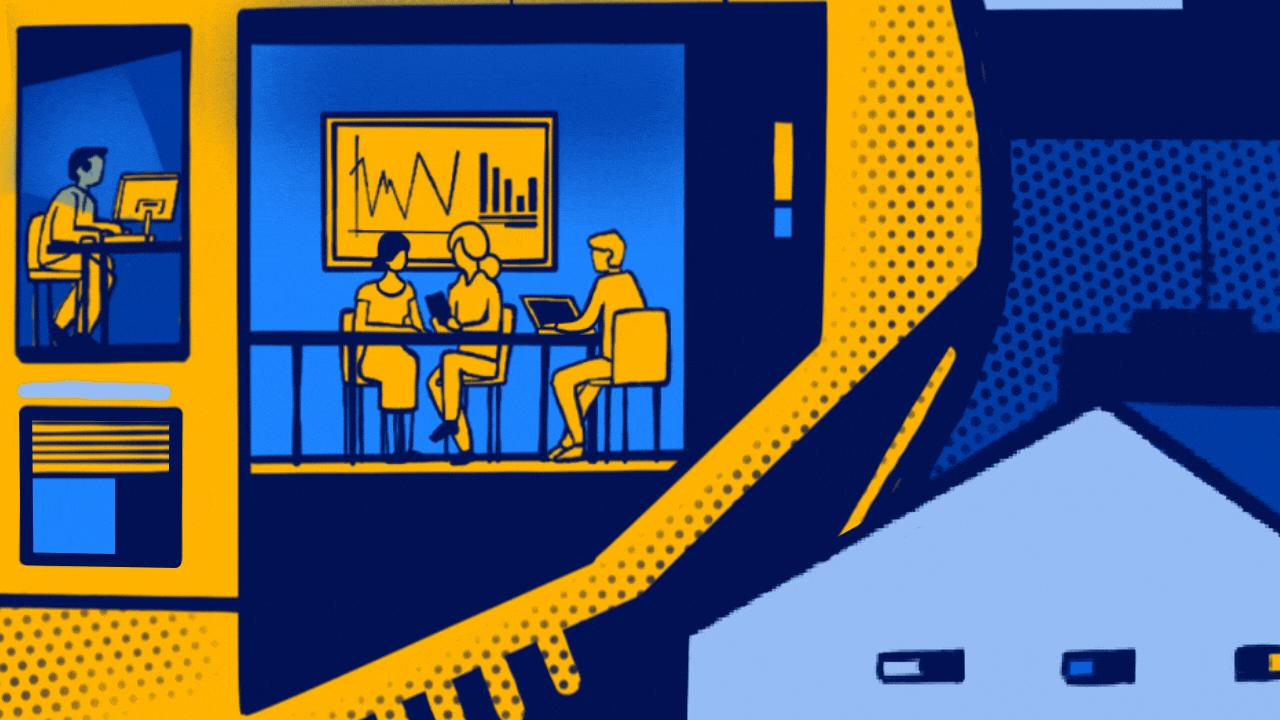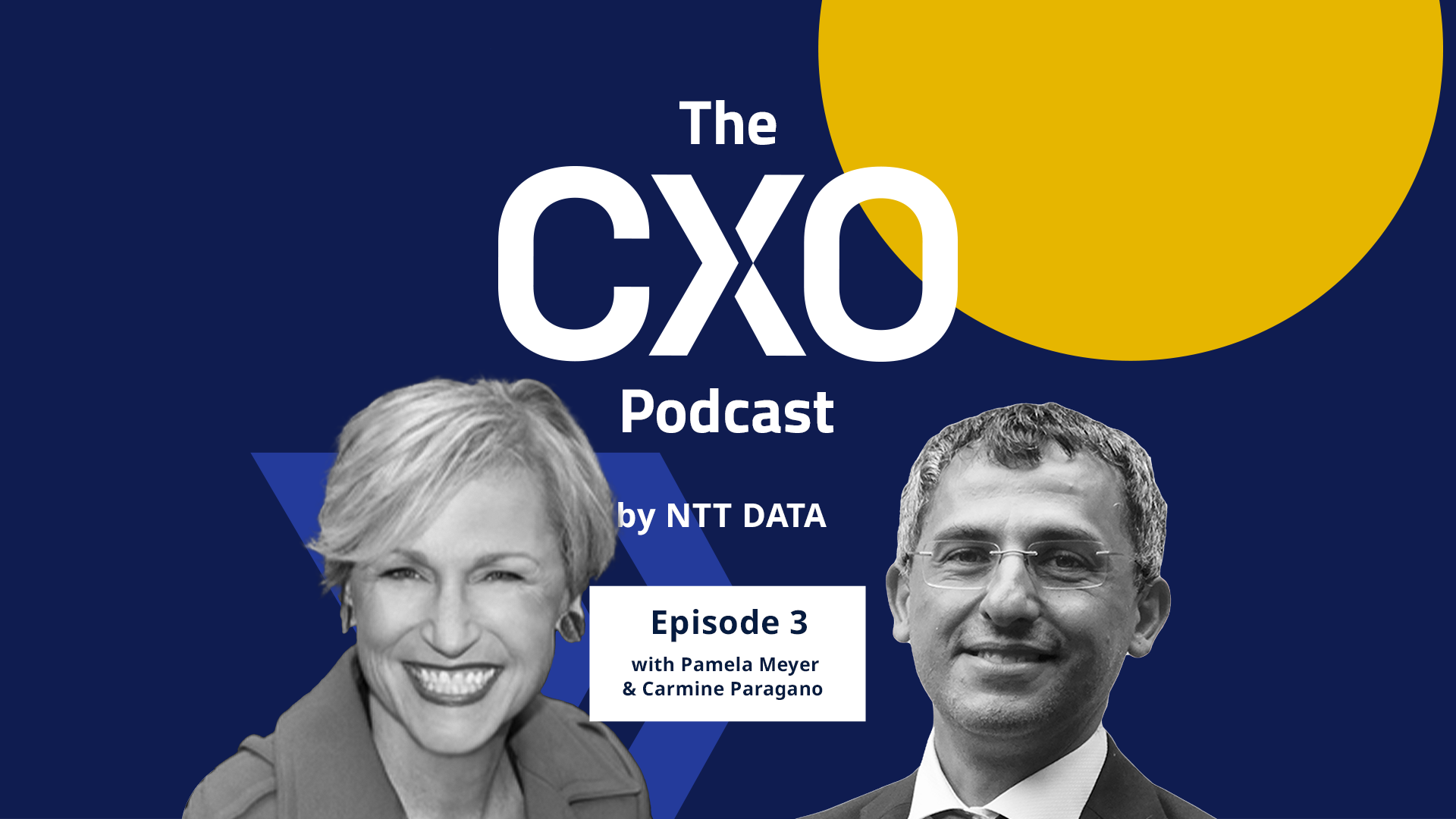
We are living in an era of change: the disruption of business models, societal challenges, as well as the role of people at work and work itself are changing.
Remote and hybrid work have become the norm in this ever-changing, increasingly connected world. Thus, leadership has to change. The way we lead our organizations and our employees shapes culture, which in turn drives the business forward and empowers the people within it. The pandemic has accelerated many of these developments and is still driving us at the moment – but it is not the main driver of change.
Ironically, working in a hyper-connected world has actually led us to lose a lot of human connection. It’s the reason why during the lockdown, for example, many companies introduced socializing formats like cappuccino calls, virtual lunches, cook-alongs, or online games sessions. We are, after all, a social species that relies on cooperation to solve the societal challenges we face.
Working in a hyper-connected world has actually led us to lose a lot of human connection. By putting our most important asset – our employees – at the center of the way we lead, communicate and collaborate, we have a powerful key to mastering these challenges.
However, by following a human-centered approach and putting our most important asset – our employees – at the center of the way we lead, communicate and collaborate, we have a powerful key to mastering and navigating these challenges.
Leading with empathy in intergenerational settings
In my view, the most important skill leaders need today is empathy, so they can understand where, how, and who their team members are. While the increasing hyper-connectedness moved us further away from each other in one sense, it also is bringing people much closer, because we see into their living rooms and bedrooms, into their family lives.
Before remote work became the new normal for many of us, people could come to work at their offices and almost play a role. There was an unwritten expectation that their personal lives would happen elsewhere. That is no longer the case: now, work and our personal lives are no longer separate, but confluent – we have entered an era of work-life blending.
As a consequence, we need to radically rethink leadership and take our employees’ personal situations and requirements into account – in particular that of Gen Z, and soon, Gen Alpha – without neglecting the generations that came before them. Every working generation is important and has its own requirements, and the recipe for success lies in the intergenerational mix of your organization.
Adopting an appropriate mindset
This will require agile leadership, as the new world of work requires leaders to hand over responsibility to staff. Large corporation CxOs around the globe have started thinking about the ideal mix of remote and on-site work in order to leverage the best of both worlds, while simultaneously maintaining a high degree of vitality and agility.
The goal is to ensure that the company can adapt to changes as quickly as possible – which reflects a mindset, not a physical space.
That doesn’t necessarily mean that the office is where they work. Instead, it’s a place to foster that sense of agility. The goal is to ensure that the company can adapt to changes as quickly as possible – which reflects a mindset, not a physical space.
Tried and tested management tools like the OKR (Objectives and Key Results) method can support leaders in empowering and inspiring employees on an individual and team level. They allow leaders and employees to jointly set the direction at a high level without micromanaging the way the objectives are achieved.
Leaders also need to constantly remind themselves of their function as a role model and make sure that they are leading by example. Leadership fit for the new way of working is as much about behavior as it is about attitude.
Fostering collaboration and communication for a distributed workforce
When working with a distributed workforce, leaders will need to learn to allow their employees to choose where they prefer to work, provided it makes business sense for their role, tasks, team-mates and business partners or clients.
Leaders will also need to create special occasions and provide platforms, in particular for informal interaction. This helps to foster and promote employee engagement, bringing employees closer together after more than two years of (mainly) remote work.
On a day-to-day basis, leaders will need to evaluate and set up new channels of communication, because what we’ve lost to remote work are those chance encounters away from your desk and formal work settings – in lounge areas, at the coffee machine, in the cafeteria – where you bump into someone and inadvertently solve a problem or ignite a new conversation or project. I don’t think we realized how important that informal small talk was; it happened naturally before all of the lockdowns, and now we, as leaders, have to find ways to put it back into the equation.
What we’ve lost to remote work are those chance encounters. I don’t think we realized how important that informal small talk was; it happened naturally before all of the lockdowns, and now we have to find ways to put it back into the equation.
This means giving people an opportunity to socialize with each other at the beginning of a remote meeting, or calling team members individually just to see how they are, not necessarily to discuss work or project-related issues.
Leaders also need to create communication opportunities for employees to build and experience culture, by creating opportunities for them to share personal work-related experiences, because culture is even more difficult to grasp in an increasingly digitalized corporate world, with team members distributed all over the globe.
Finally, leaders who want to meet the requirements of today’s workers need to design and provide platforms for collaborative processes and create structures for employees to network – across teams, disciplines, and departments – which will create a fertile breeding ground for innovation. At the same time, leaders need to give their staff time to focus, for instance, by starting meetings on time and cutting them short, or by recommending designated times as meeting-free zones.
Balancing business needs
As we contemplate all of these shifts, we must always bear in mind that while it is a new, exciting world of work, at the end of the day business still has to run smoothly, and the bottom line has to be right. As leaders, especially, we can’t allow ourselves to lose sight of this.
It is possible – and has never been more important – to keep the business impact in mind while being genuinely committed to keeping people at the center of all our decisions and actions.


















































